When planning your bathroom renovation, one of the biggest decisions you’ll make is choosing the right tiles. With so many styles and finishes available, it’s easy to get overwhelmed. Two of the most popular options are porcelain and ceramic tiles, but which one is right for your bathroom?
Let’s break down the differences to help you make the best choice for your space.
1. Understanding the Basics
Ceramic tiles are made from natural clay that’s fired at lower temperatures. They’re slightly softer, lighter, and easier to cut, making them great for walls or low-traffic areas.
Porcelain tiles, on the other hand, are made from a denser clay and fired at higher temperatures. This makes them harder, more durable, and less porous, ideal for moisture-prone areas like bathrooms.
2. Durability and Strength

Porcelain tiles are tougher and more resistant to chips, cracks, and wear. If you’re tiling bathroom floors, where there’s frequent traffic or potential water exposure, porcelain is your best bet.
Ceramic tiles are still durable but work better on walls or areas that don’t experience heavy use.
3. Water Resistance

Because porcelain is denser and less porous, it absorbs far less water, making it perfect for bathroom floors, shower walls, and wet areas.
Ceramic tiles have a slightly higher absorption rate, so they’re better suited for dry or semi-dry areas, like powder rooms or accent walls.
4. Design and Style Options

Both porcelain and ceramic tiles come in a wide range of colors, textures, and finishes. You can find porcelain tiles that mimic stone, marble, or wood for a luxury look, while ceramic tiles often feature more decorative patterns and colorful designs ideal for walls or backsplashes.
5. Cost and Installation
Ceramic tiles are generally more budget-friendly and easier to cut, making installation simpler, especially for smaller bathroom projects.
Porcelain tiles are heavier and harder to cut, which may slightly increase installation costs, but the trade-off is long-term value and durability.
6. Best Applications

When it comes to bathroom walls, ceramic tiles are an excellent choice. They’re lightweight, easy to install, and available in countless designs, making them perfect for decorative wall finishes or feature areas that don’t experience constant moisture.
For accent walls or creative features, ceramic tiles also stand out. Their versatility allows you to experiment with patterns, colors, and textures that add character to your bathroom.
If you’re tiling shower walls or other wet zones, porcelain tiles are the way to go. Their low water absorption rate and dense structure make them highly resistant to moisture, ensuring they remain beautiful and damage-free over time.
And for bathroom floors, porcelain tiles again take the lead. They’re strong, durable, and slip-resistant, ideal for spaces that experience daily use and frequent splashes of water.
7. The Final Verdict
If you’re after durability and moisture resistance, porcelain is the smarter choice, especially for floors and wet zones.
If you want style versatility and easy installation for walls or decorative areas, ceramic tiles are a great pick.
For the perfect balance, many homeowners combine both: porcelain on the floor for strength and ceramic on the walls for creativity.
At Kimo, we stock a stunning range of porcelain and ceramic tiles, all designed to transform your bathroom into a space of comfort and style.
Locate our showroom on the Spintex road, near Manet Junction or contact 0244334947 for all your bathroom solutions.


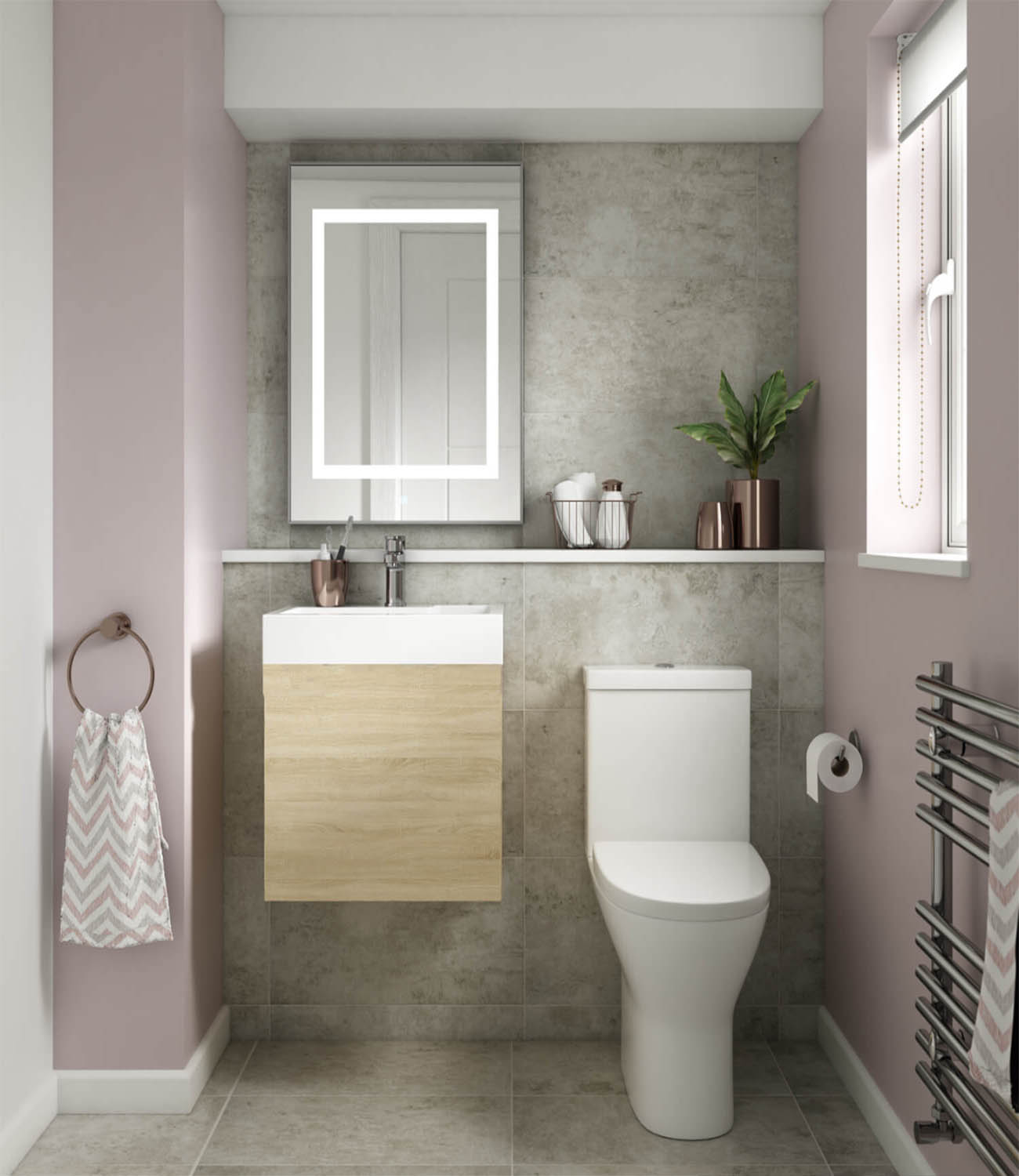
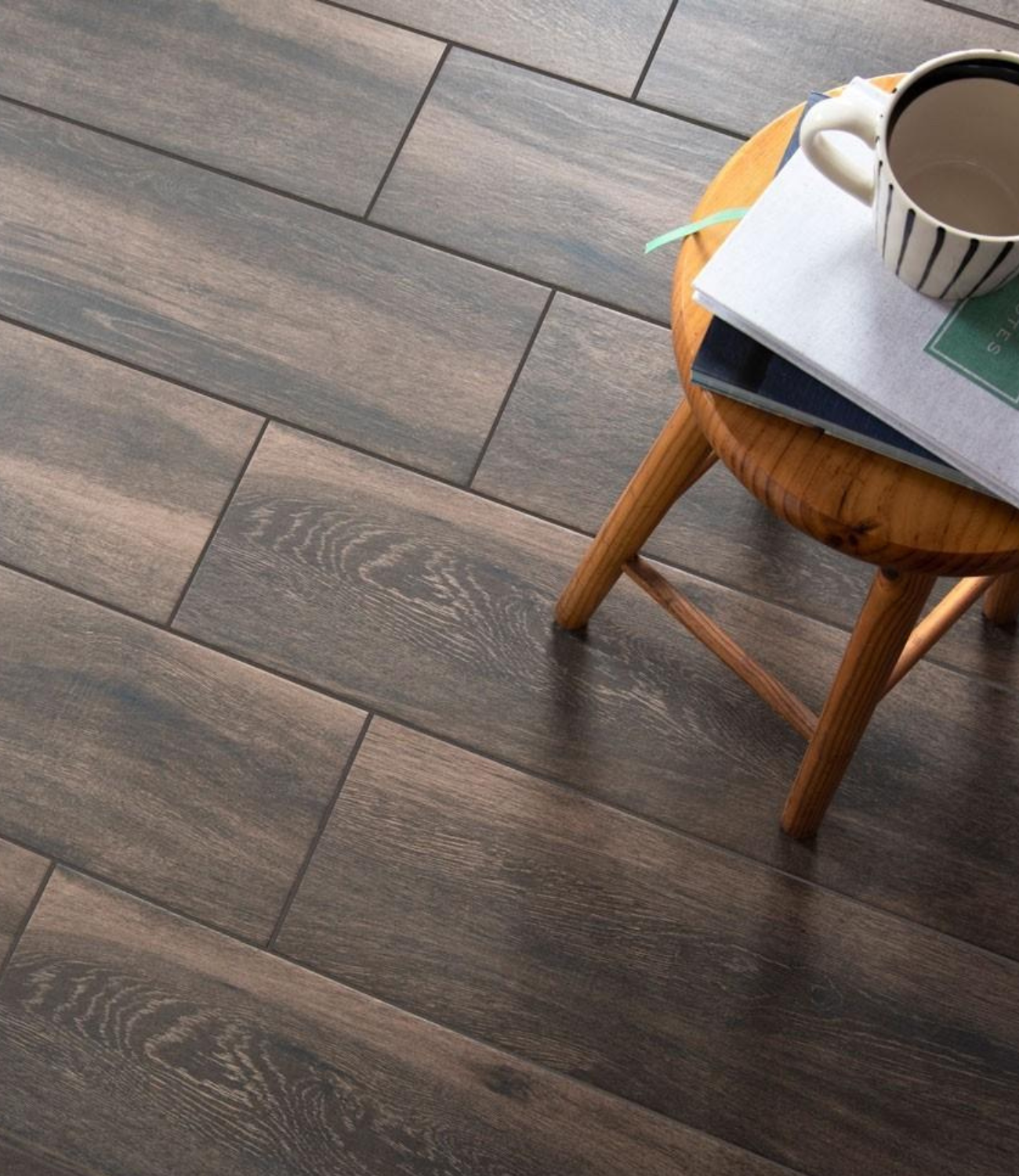

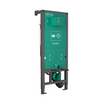

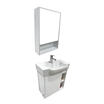
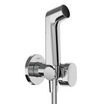

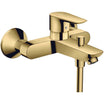

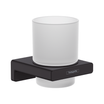


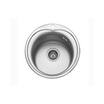
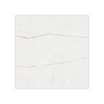


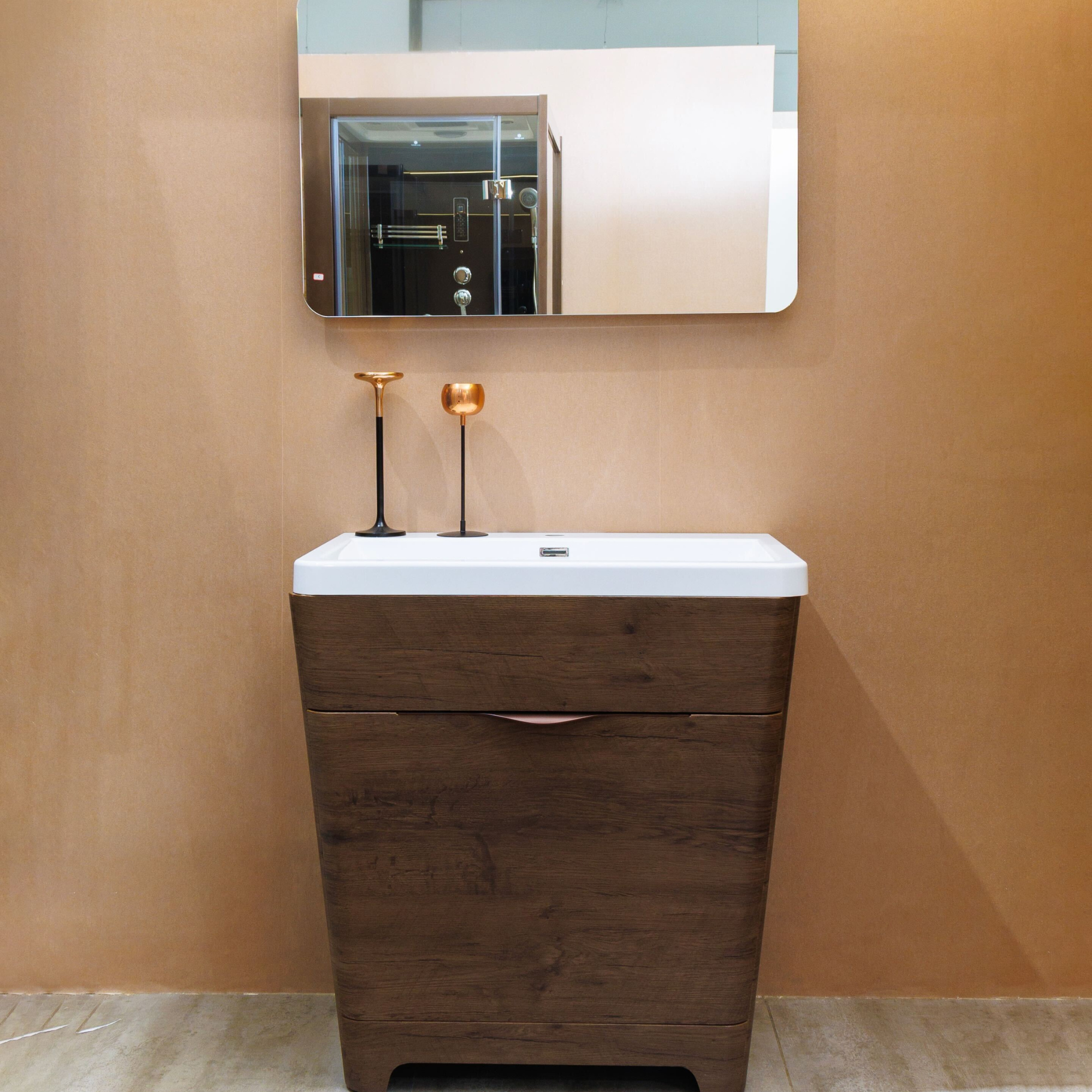
Leave a comment
This site is protected by hCaptcha and the hCaptcha Privacy Policy and Terms of Service apply.